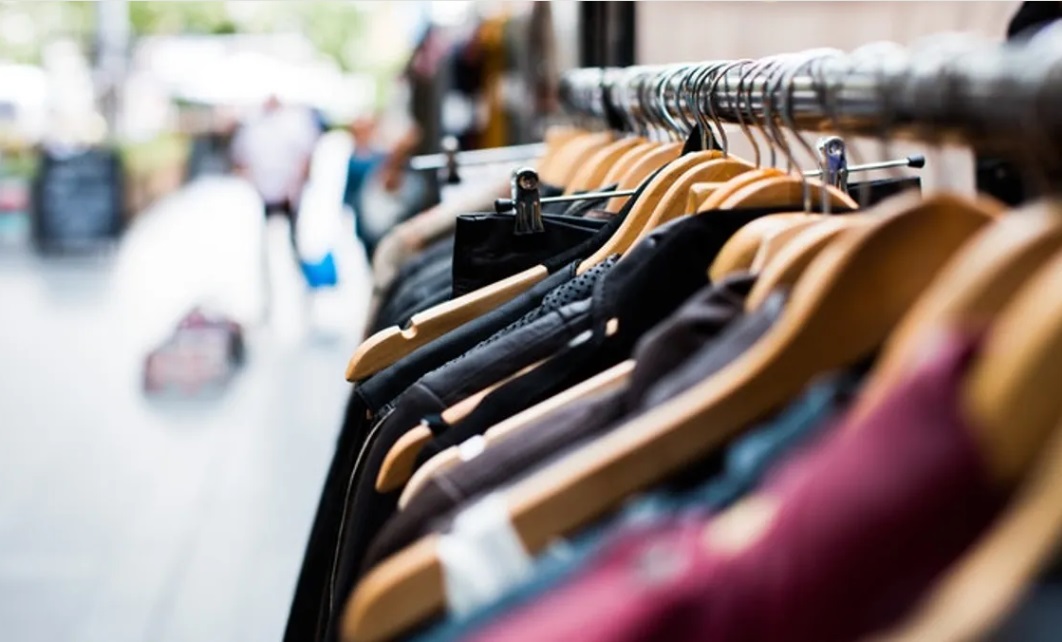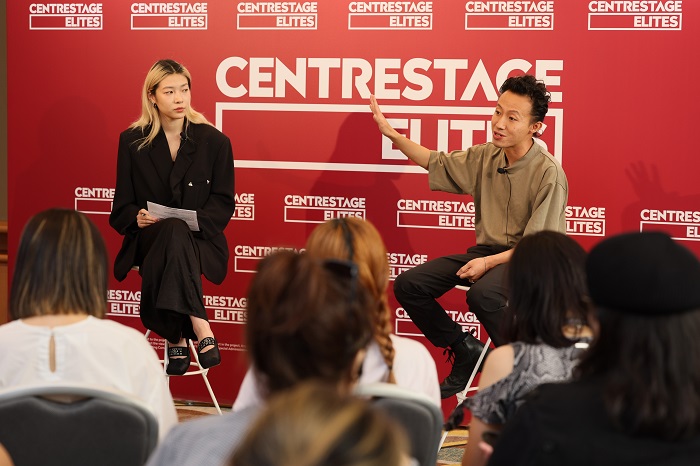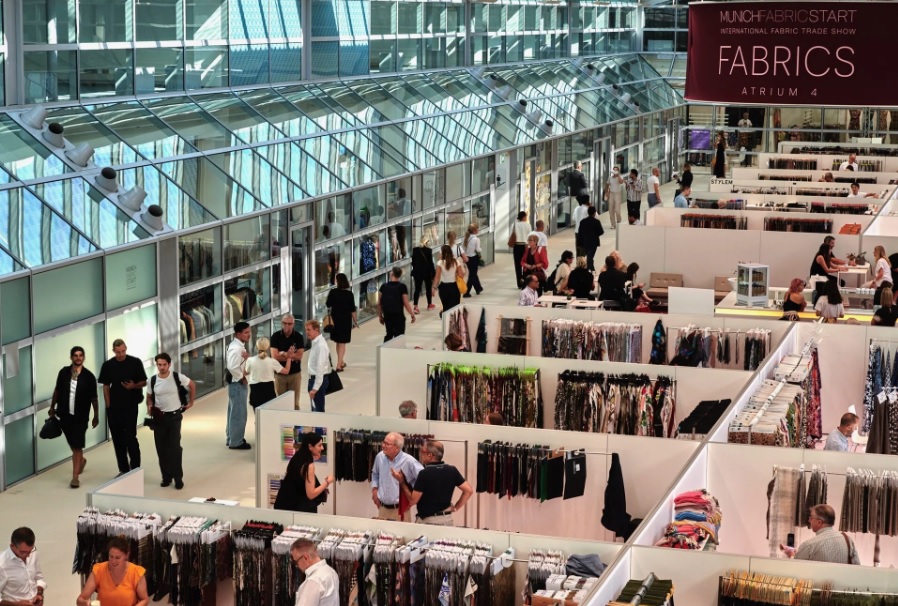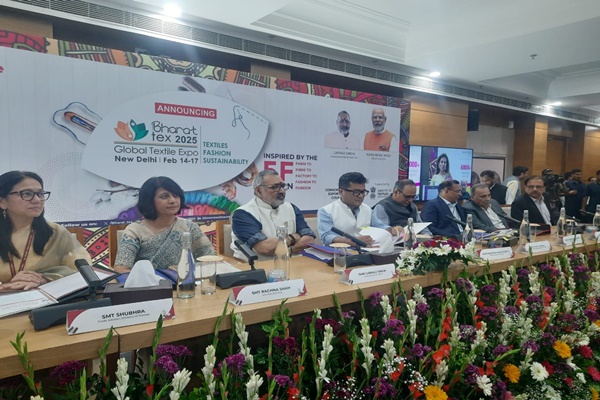
The fashion industry, like many others, grappled with significant price fluctuations due to COVID-19. Many key factors have impacted these shifts. From rising raw material costs to inflationary pressures and change in consumer demand the reasons are many.
Factors driving prices fluctuations
Several factors are responsible for price fluctuations. One major factor is supply chain snags. Pre-pandemic, globalization led to a steady decline in apparel prices. However, COVID-induced disruptions like factory shutdowns and port congestion caused a sharp rise in production and transportation costs. These increased production costs translated to higher prices for consumers. Meanwhile, the cost of cotton, a key raw material, has seen fluctuations due to various factors, impacting garment pricing.
With lockdowns and a focus on comfort wear and work-from-home culture, demand for formal attire dipped, and that of loungewear and activewear went up. This shift in preferences impacted brands and they adjusted production accordingly, impacting prices in different categories. Inflationary pressure is another issue. Rising costs of everything from cotton to labor contributed to overall price increases across the industry.
Impact of price change
Frequent price changes affected retail sales across the board. Luxury brands initially saw a dip in sales as travel and events were curtailed. However, some saw an increase due to ‘trading down’ by high-income consumers unwilling to stomach massive price hikes. And some luxury labels even responded by lowering prices.
This premium segment saw price increases to maintain an image of quality while managing rising manufacturing costs. Strong product assortments with unique offerings held the key to customer loyalty and price acceptance. For example, Abercrombie & Fitch's recent success exemplifies this strategy. Many brands focused on offering unique propositions to justify price increases. The value segment faced the biggest challenge. Value-conscious consumers were most reactive to price hikes, opting for cheaper alternatives or delaying purchases. Retailers like Gap needed to rely heavily on appealing product lines to justify price adjustments.
To deal with price fluctuations, brands and retailers are adopting various strategies. Many retailers are adopting a two-tiered approach – offering discounts on generic items while charging a premium for anything unique or with special features (e.g., sustainable materials, innovative design). Levi's exemplifies this by slashing prices on slow-moving styles while marking up trendier fits.
They are also creating exciting new trends in apparel encourages consumers to refresh their wardrobes, even at slightly higher price points. Abercrombie & Fitch's success with on-trend dresses is a prime example. And brands are emphasizing unique attributes like sustainable materials, circularity, or innovative features to justify price increases and build customer loyalty.
What lies ahead?
Volatility: Analysts predict continued volatility. While some relief came from lower logistical costs, rising fuel prices and geopolitical tensions may push costs up again.
Brands may resist cuts: Even with stagnant sales, some brands may be hesitant to lower prices. They might view the spending slowdown as a shift towards experiences (dining out, travel) rather than a reflection on clothing costs.
Consumer pain threshold: With rising debt and delinquencies across all age groups, consumers' patience for price hikes might be wearing thin. The recent decline in apparel price increases, despite overall inflation, suggests this might be happening already.
The apparel industry has gone through a roller-coster price changes due to the pandemic. While the future remains uncertain, one thing is clear: brands and retailers that adapt their pricing strategies, focus on product innovation, and build strong value propositions will be best positioned to thrive in this ever-changing landscape. As retail analysts explain, one needs to see what consumers are willing to spend on, and push it a little bit if business is good. But pushing too hard, as inflation continues to bite, might backfire. The question remains: when will shoppers finally push back on high prices?












